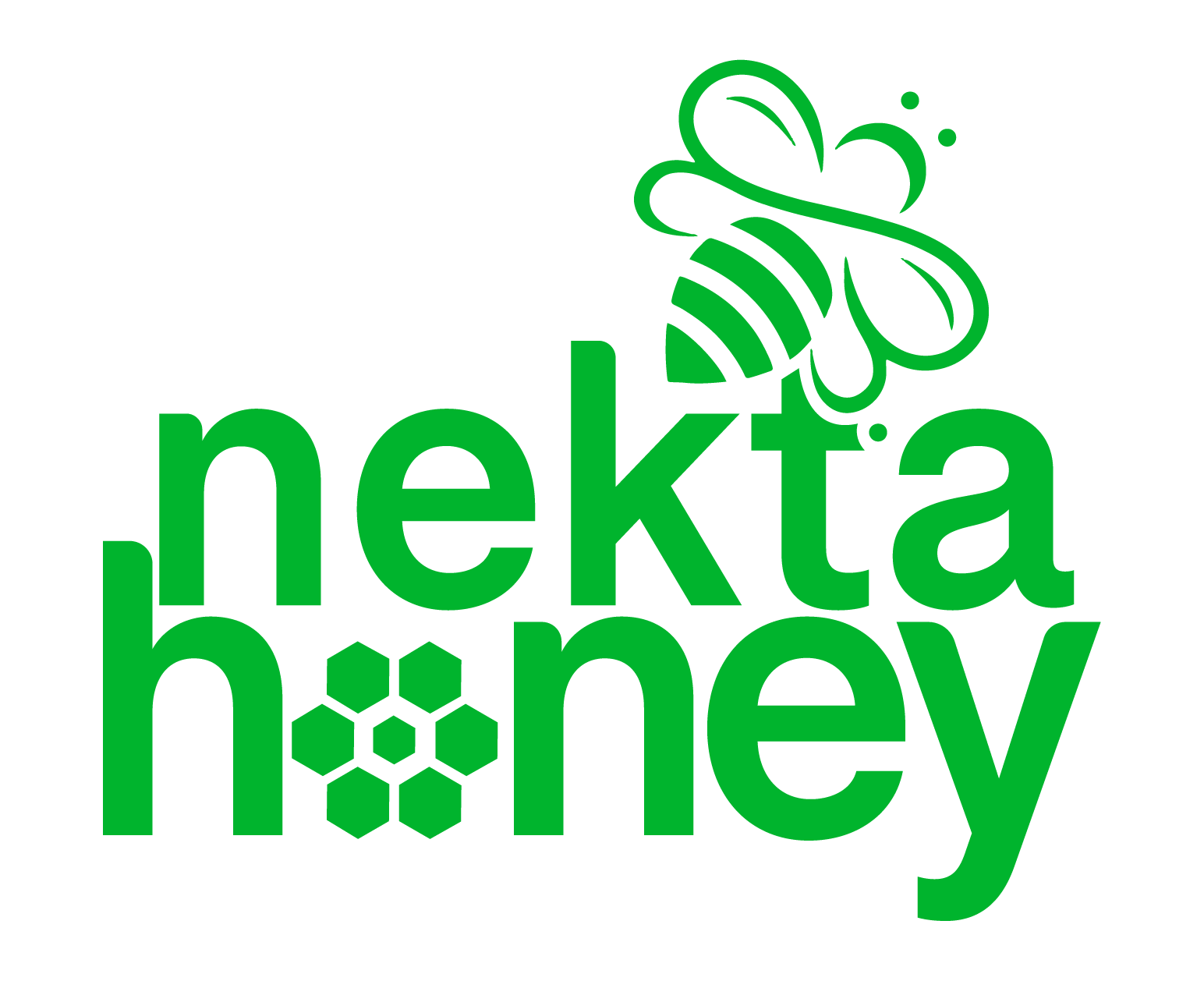Growing up, I always heard something interesting from the older folks: they preferred dark honeycombs over white ones. They believed the darker the comb, the healthier it is, and this “secret” has been passed down through generations. Let’s debunk that myth.
First, in simple terms, bees make wax from their bodies and chew it to shape it into hexagons. These hexagons form a honeycomb, used to store honey, pollen, and baby bees. The hexagon shape is efficient for storage and is quite sturdy.
Honeycomb can be light (clear) or dark. What makes it dark is the time it has been in the hive. Imagine 150,000 tiny dirty feet walking on a platform that’s about 30cm by 15cm every day for who knows how long. Over time, it gets pretty grimy.
The much darker combs are the ones where the eggs are laid and the baby bees are raised, kind of like a nursery. Just like human babies, these little ones are all over the place, making a mess.
So, there’s nothing medically special about dark comb. It’s just an old, dirty storage facility with fewer health benefits compared to a fresh white comb. The longer the comb is in the hive, the more it loses its health properties and gains more dirt.
However, bees do like dark honeycomb, which makes it good for attracting and baiting a new swarm. Just tie it on a top bar, and voila!
There you go, myth debunked with a bit of humor!
